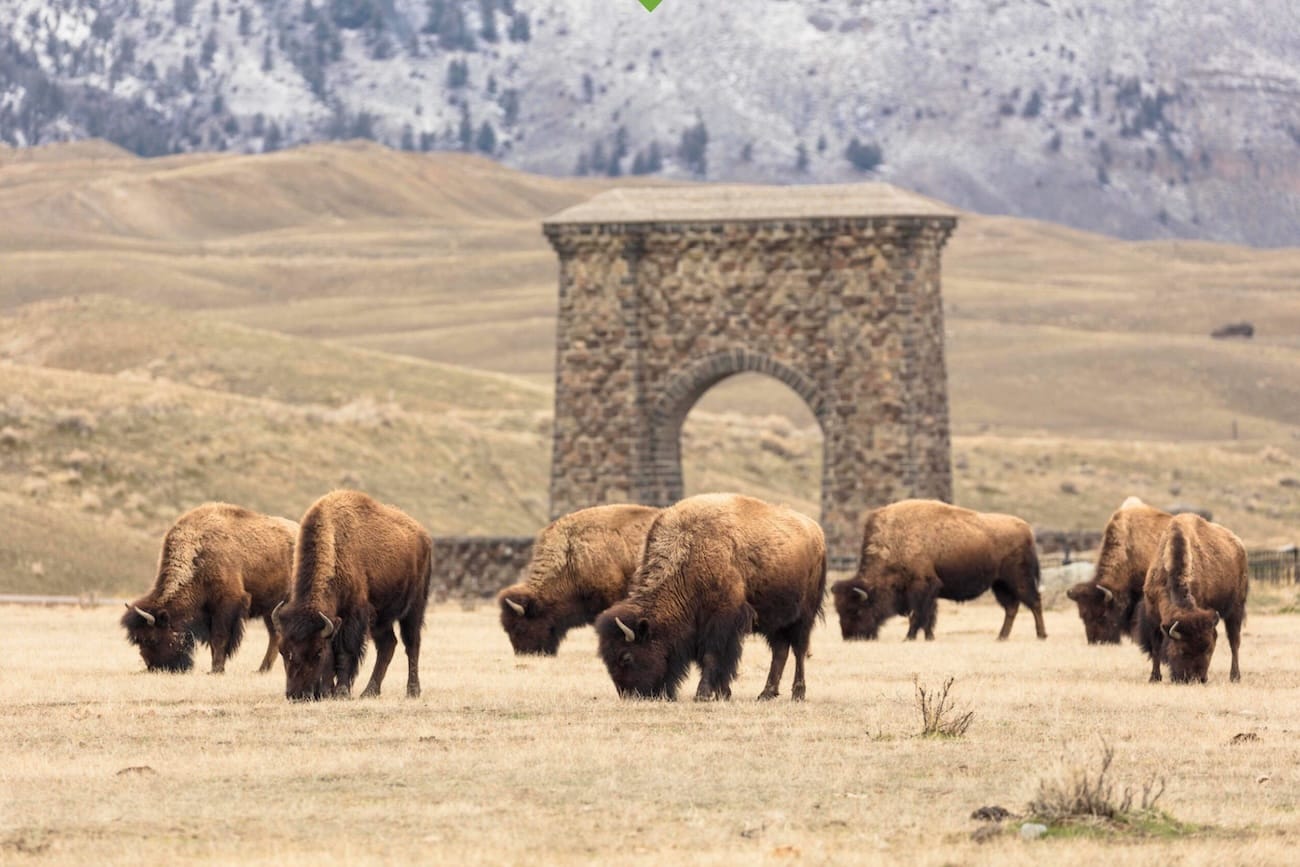Scientists Spent 6 Years Tracking Yellowstone's Great Bison Migration. What They Found is Remarkable
New research from the US national park shows migrating bison enrich grasslands – boosting plant nutrition, soil health and biodiversity.

As discussed below, Yellowstone bison are reshaping the park's ecosystems in a largely positive way – creating a patchwork of habitats, which enhances biodiversity while keeping soils healthy.
NOTE: this article was originally published to BBC Wildlife's Apple News channel on August 28, 2025. It was written by Daniel Graham.
Bison nearly vanished from North America in the late 19th and early 20th century. But conservation efforts in recent decades have seen numbers gradually increase, not least in Yellowstone National Park where a herd of around 5,000 animals now live.
These enormous herbivores travel about 1,000 miles each year as they move back and forth along a 50-mile migration route through the park. But how do large, migrating herds such as those in Yellowstone shape landscapes, and do their effects enhance or degrade ecosystems?
That's what researchers from Washington and Lee University, the National Park Service and the University of Wyoming wanted to find out. So, they spent six years tracking the animals as they moved through the seasons, using field experiments, satellite imagery and GPS collar data to compare grazed and ungrazed plots.
The results of their study, recently published in the journal Science, suggest that Yellowstone bison are reshaping the park's ecosystems in a largely positive way – creating a patchwork of habitats, which enhances biodiversity while keeping soils healthy.
Excerpt from that article......
Yellowstone’s free-moving large bison herds provide a glimpse of their past ecosystem function
Editor’s summary
Bison once migrated across the western United States in enormous herds, shaping the landscape in ways that they currently cannot because smaller populations are now mainly constrained to specific properties. The population in Yellowstone National Park is an exception because these bison are able to migrate across hundreds of square kilometers. Geremia et al. performed grazing exclusion experiments to examine the effects of bison on soil and vegetation across their migration area. Grazed areas had higher soil microbe density and nitrogen content in both soils and plants. When given large areas to roam, bison create habitat heterogeneity and areas with enhanced nutrition that can support denser populations than are deemed sustainable by current management recommendations. —Bianca Lopez
Abstract
Although momentum is building to restore bison across North America, most efforts focus on small, managed herds, leaving unclear how large, migrating herds shape landscapes and whether their effects enhance or degrade ecosystems. We assessed carbon and nitrogen dynamics across the northern Yellowstone ecosystem, where one of the last remaining large migratory populations resides. Bison stabilized net aboveground production while accelerating nitrogen turnover, increasing aboveground nitrogen pools while carbon pools remained stable, which improved landscape nutritional quality. Effects were strongest in wet, nutrient-rich habitats that received higher bison densities and grazing than is recommended in rangeland management, while soil and plant conditions suggested landscape resilience. Restoration should embrace heterogeneity in densities and effects across habitats and spatial scales beyond those guiding most current recovery efforts.
